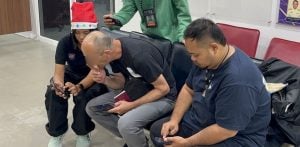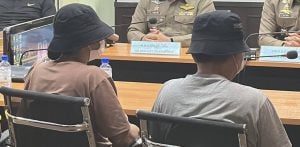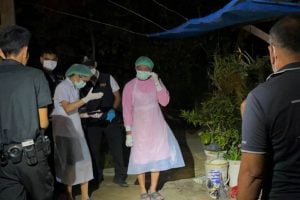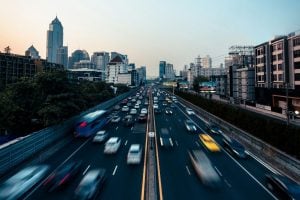India: Schools reopening signals return to normalcy after COVID catastrophe

Many schools across India are opening this week for the first time in 18 months, as the worst of the coronavirus pandemic in the country seems to have subsided.
As part of nationwide lockdown measures, most schools were closed in March 2018, and classes went online. As doors are reopened, students will be required to follow strict COVID protocols.
“It is kind of strange going back to class after 18 months. Sure, the fear of COVID is there, but if everyone acts responsibly then we should be safe,” Arya Jain, a grade 10 student in Delhi, told DW.
What guidelines are in place?
“Our staff is vaccinated, and all protocols are in place. More importantly, the measures outlined by the Delhi government will be implemented,” said Abha Malik, a high school teacher.
The reopening guidelines include having no more than 50% of capacity in each classroom, mandatory thermal screening, staggered lunch breaks, wider seating arrangements, and avoiding guest visits.
Moreover, students, teachers, and non-teaching staff who reside in COVID containment zones will not be allowed to physically attend classes.
Many schools have strengthened infrastructure and resources including ventilation, water supply and toilets. “Stay-at-home when sick” policies are also encouraged.
“Given that COVID cases have come down, we feel we can open schools now. Almost 98% of staff in Delhi schools have had at least one dose of a vaccine,” Delhi Deputy Chief Minister Manish Sisodia told reporters.
Is it safe to reopen schools?
According to UNICEF, the closure of 1.5 million schools in India during the pandemic has impacted 247 million children.
During a media briefing in July, Balram Bhargava, the director general of the Indian Council of Medical Research (ICMR), backed the reopening of Indian schools as soon as possible. And the president of the Indian Medical Association, J.A. Jayalal, recently said that now is the “right time” for governments to take a “calculated risk” and resume classes.
The confidence of policy planners has been bolstered by the latest serological survey for COVID conducted by the ICMR across 70 districts in 21 states.
Results of the survey published in July showed 67.6% of subjects had antibodies associated with SARS-CoV-2.
The findings are significant for schools because children aged 6-17 years were included in the national survey for the first time. The presence of antibodies was 57.2% among 6-9-year-olds and 61.6% among 10-17-year-olds.
And last month, Gujarat-based Zydus Cadila’s three-dose COVID vaccine was granted emergency use authorization for adults and children above 12 years old, making it potentially the first vaccine to be administered to the adolescent population in India.
Although the vaccine has been approved for use, the government has yet to roll out a vaccination drive for adolescents.
Do benefits outweigh risks?
“I believe with every passing day, schools are going to be safer than the previous day. It will happen only when schools are open. Therefore, we need to start now and do everything to reduce the risk further,” Chandrakant Lahariya, a public policy and health systems specialist, told DW.
Lahariya believes the benefits of education are now greater than the health risk, as COVID will likely remain present for many months, or even years.
“The risk of SARS CoV-2 is not going to be zero, but if we see it in perspective, the COVID risk to children is lower than risk of other diseases such as dengue, malaria and even tuberculosis,” added Lahariya.
India on Tuesday reported 30,941 new coronavirus cases, and 350 deaths, taking the respective cumulative tally to over 32.7 million cases and 438,560 deaths, according to health ministry data.
Recent projections have shown that a third COVID wave could be less severe that what was seen Spring 2021, and could peak anytime between October and November.
SOURCE: DW News
Latest Thailand News
Follow The Thaiger on Google News:


























